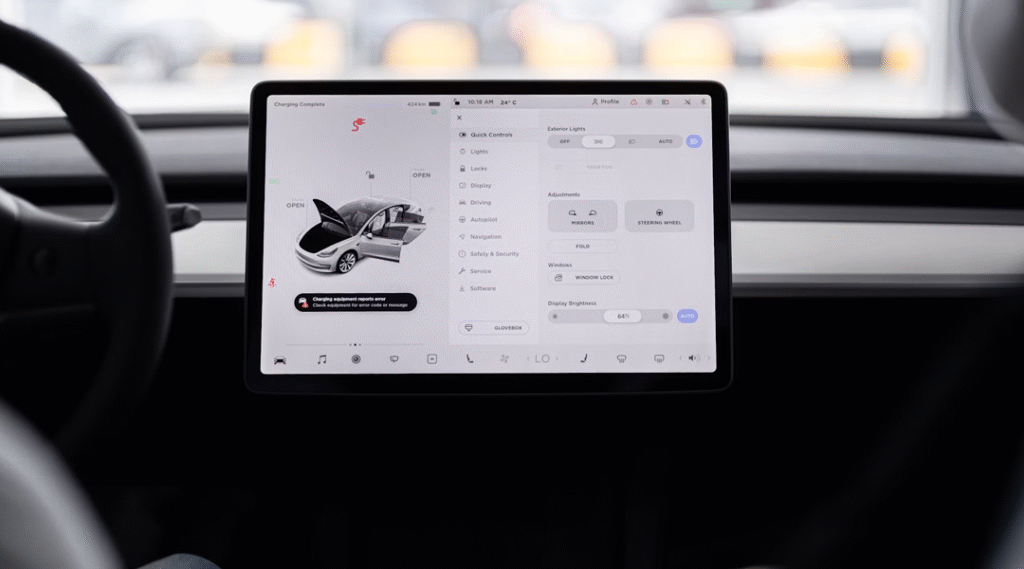Defining Smart Car IoT
Smart Car IoT (Internet of Things) describes the seamless integration of connected sensors, processors, and communication modules within modern vehicles. This networked ecosystem enables cars to gather, exchange, and act upon data—linking drivers, manufacturers, cloud services, and surrounding infrastructure—to elevate safety, convenience, and operational efficiency.
Genesis and Evolution
The seeds of vehicular connectivity were sown in the late 1990s with services like GM’s OnStar, which offered emergency response and basic navigation. As mobile networks advanced through 2G, 3G, and eventually 4G LTE, automakers and suppliers began embedding richer telematics, paving the way for advanced driver assistance systems (ADAS), infotainment platforms, and ultimately the fully connected “smart” car.
Core Problems Addressed
- Enhancing Road Safety: Through real‑time telemetry and vehicle‑to‑vehicle (V2V) or vehicle‑to‑infrastructure (V2I) alerts, cars can warn drivers of collisions, lane departures, and hazardous conditions.
- Predictive Maintenance: Continuous monitoring of components—engine health, brake wear, battery status—allows for proactive servicing, reducing breakdowns and lowering maintenance costs.
- Traffic Optimization: By communicating with traffic signals and other vehicles, smart cars can optimize routes, ease congestion, and cut emissions.
- Passenger Experience: Over‑the‑air (OTA) software updates, personalized infotainment, and smartphone integration (e.g., Apple CarPlay, Android Auto) keep occupants informed and entertained.
Milestones in Development
- 1996–2005: Launch of telematics services (OnStar, BMW Assist) offering roadside assistance and basic navigation.
- 2006–2015: Emergence of integrated smartphone connectivity and foundational ADAS features like adaptive cruise control and lane‑keep assist.
- 2016–2020: Widespread inclusion of 4G modules, initial V2X pilot programs, and more sophisticated data analytics platforms.
- 2021–Today: Testing of 5G‑enabled networks, AI‑driven edge computing for latency‑sensitive applications, and a shift toward software‑defined vehicles (SDVs).
Current Landscape
Nearly every new model now ships with at least one IoT‑enabled service—ranging from basic telematics to full ADAS suites. Leading luxury brands have built proprietary IoT ecosystems, while mainstream manufacturers partner with tech firms to integrate modular connectivity solutions. Startups and chipmakers alike are racing to offer turnkey platforms that can be adopted across multiple vehicle lineups.
Market Dynamics
The automotive IoT market, valued at over USD 150 billion in 2024, continues to expand rapidly on the back of rising demand for connected services and data‑driven mobility solutions. Forecasts predict double‑digit compound annual growth through 2028, driven by investments in 5G infrastructure, electric vehicles (EVs), and autonomous driving prototypes.
Key Challenges and Strategic Responses
- Cybersecurity Threats: The connectivity that powers smart cars also exposes them to hacking. Automakers are countering this with encrypted communications, secure boot processes, and intrusion‐detection systems.
- Data Privacy Concerns: As vehicles collect vast amounts of driver and location data, clear regulations and transparent consent mechanisms are emerging to define data ownership and usage rights.
- Platform Fragmentation: Disparate IoT architectures across OEMs can stifle interoperability. Industry consortia, such as the Car Connectivity Consortium and 5G Automotive Association, are developing unified standards for V2X and infotainment interfaces.
- Latency and Reliability: Safety‑critical applications like collision avoidance demand sub‑10 ms communication delays. To meet this, manufacturers are deploying edge compute nodes and leveraging the low‑latency capabilities of 5G networks.
Notable Applications
- OTA Software Updates: Tesla leads the market by delivering regular firmware enhancements and new features remotely, eliminating the need for dealership visits.
- Smart Charging & V2G: Nissan’s Leaf and select Mercedes‑Benz EVs support vehicle‑to‑grid energy flow, allowing parked cars to feed electricity back into the grid during peak demand.
- Predictive Diagnostics: BMW ConnectedDrive analyzes real‑time sensor data to forecast component failures, scheduling service appointments proactively.
- Fleet Telematics: Daimler’s Fleetboard and Ford’s Telematics solutions optimize routing, monitor driver behavior, and improve fuel efficiency across commercial vehicle fleets.
Leading Manufacturers and Flagship Models
- Tesla (Model S, 3, Y): Benchmark for seamless OTA updates, autonomous capabilities, and integrated mobile apps.
- BMW (5 Series, 7 Series, iX): Known for robust ConnectedDrive services, V2X trials, and advanced driver assistance.
- Mercedes‑Benz (S‑Class, EQ series): Early adopters of secure infotainment updates, in‑car Wi‑Fi, and intelligent navigation systems.
- Volkswagen (ID.4, Golf): Employs a modular electric drive platform with embedded telematics and remote diagnostics.
- Ford (Mustang Mach‑E, F‑150 Lightning): Combines FordPass connectivity with real‑time vehicle health monitoring and remote climate control.
Have Reshaped the Very Essence of Mobility
From the humble beginnings of emergency call buttons to today’s fully networked, software‑driven vehicles, Smart Car IoT has reshaped the very essence of mobility. By solving critical challenges in safety, maintenance, and traffic management, it promises to make driving more efficient, secure, and enjoyable. As the sector marches toward an interconnected future—bolstered by 5G, edge computing, and unified standards—automakers and tech partners alike must navigate cybersecurity, data governance, and interoperability hurdles to unlock the full potential of the smart car revolution.
More for the topic:
Beyond Keys and Codes: Strategies for Winning the Smart Lock Race
Beyond Surveillance: Mapping the Smart Camera Ecosystem and Winning Strategies
As for in-depth insight articles about AI tech, please visit our AI Tech Category here.
As for in-depth insight articles about Auto Tech, please visit our Auto Tech Category here.
As for in-depth insight articles about Smart IoT, please visit our Smart IoT Category here.
As for in-depth insight articles about Energy, please visit our Energy Category here.
If you want to save time for high-quality reading, please visit our Editors’ Pick here.



